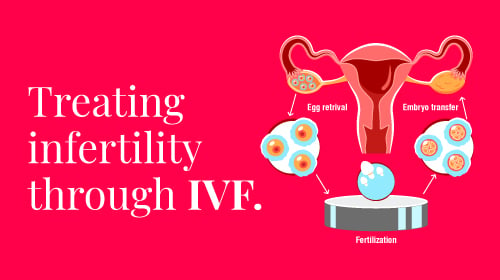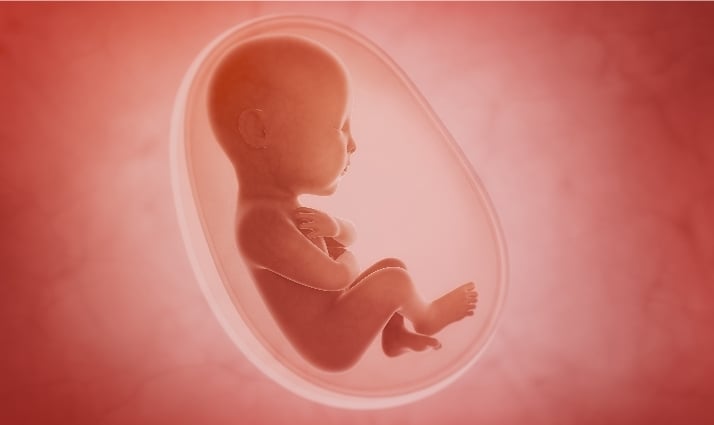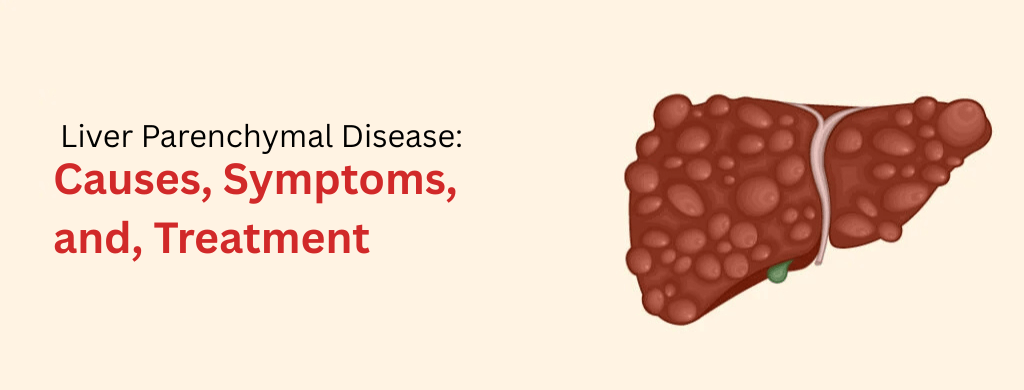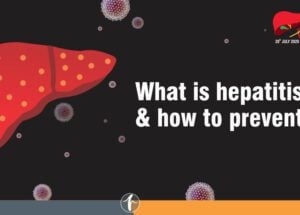What is IVF, and How Does it Work?
March 14, 2025

In vitro fertilization (IVF) is a type of assisted reproductive technology (ART) in which sperm and an egg are fertilized outside the human body. IVF is a complex procedure that requires taking eggs out of the ovaries and manually mixing sperm and eggs in a lab to fertilize the eggs. The fertilized egg, now known as an embryo, is implanted into a uterus a few days after fertilization; when this embryo embeds itself in the uterine wall, pregnancy results.
The most popular and successful form of assisted reproductive technology (ART) to help individuals get pregnant is in vitro fertilization (IVF). When other methods of conception have been unsuccessful, IVF is used.
For the following reasons, IVF could be an option:
- Natural conception is not possible.
- An individual or couple is identified as having unexplained infertility.
- Aberrant sperm parameters or male factor infertility
- The fallopian tubes of a person are blocked
Process Explained
IVF, however, often entails these actions:
Superovulation
Controlled ovarian hyperstimulation is another name for superovulation. Both luteinising hormone and follicle-stimulating hormone are included in fertility drugs. The ovaries create more eggs than normal as a result of these hormones. In addition, transvaginal ultrasound scans can track the development of the ovaries’ growth. An alternative is to use frozen or donated eggs.
Retrieving the Eggs Back
To gather eggs, doctors use a minor surgical technique called “follicular aspiration” or “egg retrieval.” First, a tiny needle is placed into an ovary through the vagina with ultrasound guidance. Then, the follicular fluids and the eggs are drawn out using a suction device connected to the needle. Doctors do this procedure for each ovary.
Insemination, Fertilization, and Embryo Culture
The sperm and eggs that were collected were maintained in an environment-controlled room. Therefore, the sperm should penetrate the egg after a short time. Injection of sperm into the egg directly occurs sometimes. A sperm injection into the intracytoplasmic is happening here (ICSI). In addition, it’s possible to use frozen sperm obtained during a testicular biopsy.
The divided fertilized egg develops into an embryo. Preimplantation genetic testing is available at fertility clinics once the embryos are in the blastocyst stage (PGT). First, an embryo is checked for chromosomal flaws or aneuploidies. Next, one embryo is used in the transfer. Finally, the uterine lining is ready for implantation using hormones and drugs.
Embryo Transfer
The womb occasionally receives more than one embryo. You must talk to your doctor about how many embryos will be transplanted. The doctor will often transfer one embryo. Multiple risk concerns must be considered when deciding whether to transfer more than one embryo.
The embryo is transferred using a thin tube or catheter, beginning 3–5 days after conception. Then, through the vagina, it enters the uterus. An embryo’s development continues after implantation, the process by which an embryo adheres to the uterine lining.
How Long Does it Take to Complete an IVF Cycle?
IVF is a multi-step, challenging process. Four to six weeks is how long you should anticipate the procedure to take. This encompasses the time before egg retrieval, during which a person takes fertility medicine until a pregnancy test is conducted.
How Prevalent is IVF?
5 percent of infertile couples will attempt IVF. Since 1978, more than 8 million children have been born through IVF. It is among the best assisted reproductive technologies (ARTs) out there.
Side Effects
During IVF, many people will have minor or no side effects. However, some individuals could have negative consequences.
- Drowsiness
- Irritation
- Nausea
- Headaches
The following negative effects might also happen to a tiny number of people:
- Breathing difficulties
- Dehydration
- Vomiting
- Stomach discomfort that requires hospitalization
Preparatory Steps
Before beginning IVF therapy, you must undergo fertility testing and a comprehensive physical examination. Additionally, your partner will undergo testing and examination. You’ll go through the following preparation steps, for example:
- IVF consultation (meet with Doctors to discuss the details of the IVF process).
- Mammography, updated Pap test, and a uterine exam (if over 40).
- A semen examination.
- Screening for infectious illnesses and STIs (sexually transmitted infections).
- Tests for blood and urine, as well as an ovarian reserve.
- Directions for administering fertility drugs.
- Screening for genetic carriers.
- Complete permission forms.
- Evaluation of the uterine cavity using saline-infused sonography (SIS) or hysteroscopy.
- You should take folic acid supplements at least three months before embryo transfer, as directed by your doctor.
How Effective are IVF Injections?
You’ll be prescribed injectable hormone drugs during your IVF cycle to encourage all of the eggs in that cycle to develop at once and completely. Your Doctor decides the kind of medication, how frequently you should take it, and the required amounts. This is determined by your age, medical history, hormone levels, and, if relevant, how you responded to prior IVF treatments. You should anticipate injecting fertility medication for eight to fourteen days.
Potential Risks
The following risks are connected to IVF treatment:
- Premature labor is more likely in pregnancies that result in multiple deliveries.
- Premature birth: Your baby may arrive earlier or with a lower birth weight than usual, at a slightly increased risk.
- Miscarriage: The rate of miscarriages is similar to that of natural conception pregnancies.
- A disorder known as ectopic pregnancy occurs when a fertilized egg implants outside your uterus.
- Obstacles encountered when retrieving eggs: During the egg retrieval procedure, there is a risk of bleeding, infection, and injury to your bladder, intestines, or reproductive organs.
- Ovarian hyperstimulation syndrome (OHSS) is an uncommon illness that causes shortness of breath, difficulty breathing, bloating, stomach discomfort, nausea, vomiting, diarrhea, and rapid weight gain.
Frequently Asked Questions
1. How many eggs are good for IVF?
Women under the age of 38 who participate in the IVF programs have acceptable live birth rates even with only 3 to 6 eggs, perform better with more than 6 eggs, and perform best with more than 10 eggs. Reduced live birth rates and low egg production are observed in women aged 38–40 and 41–42. When very large egg numbers are acquired, success percentages are significantly higher.
2. What is the difference between IVF (In Vitro Fertilization) and IUI (Intrauterine Insemination)?
In intrauterine insemination (IUI), fertilization happens inside the body, unlike in vitro fertilization (IVF). During an IUI procedure, a sperm sample is collected and processed to retain only high-quality sperm. The sample is then introduced into the uterus through a thin catheter during ovulation, enhancing the likelihood of fertilization.
In contrast, IVF involves fertilizing the egg and sperm outside the body in a laboratory. The formed embryo is subsequently placed into the uterus.
IUI is a less invasive and more affordable procedure compared to IVF, but has a lower success rate per cycle.
3. When can you attempt another IVF cycle after an unsuccessful one?
Most fertility clinics suggest waiting for at least one full menstrual cycle before starting a new IVF attempt. Since menstrual cycle lengths vary, you can typically begin another cycle about four to six weeks after a negative pregnancy test. Taking a short break between cycles is often recommended for physical recovery, emotional well-being, and financial planning.
4. Is it possible to choose the sex of your baby during IVF?
Yes, sex selection is possible during IVF. Before embryo implantation, embryonic testing can identify male or female chromosomes. Couples can choose to transfer embryos of the desired sex while discarding others. However, this practice is illegal in many countries outside the U.S. and is not offered by all fertility clinics within the U.S.







